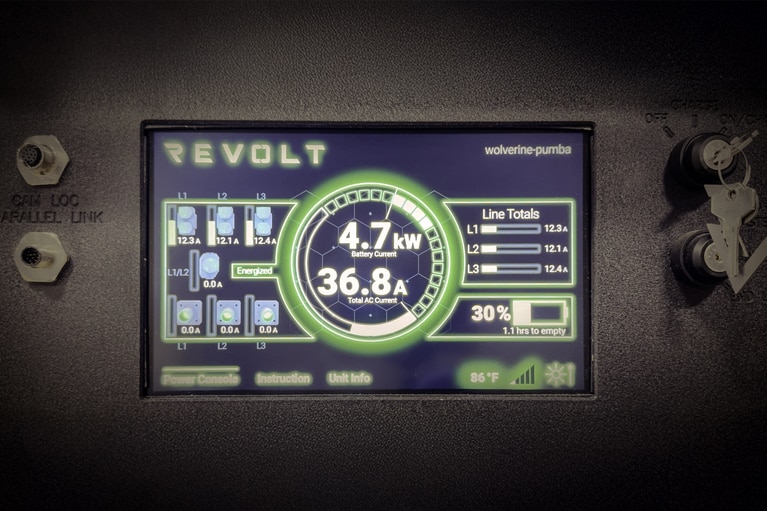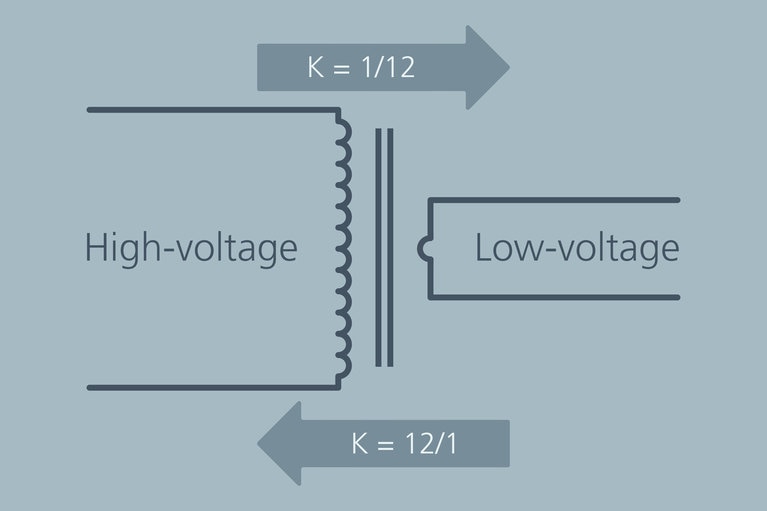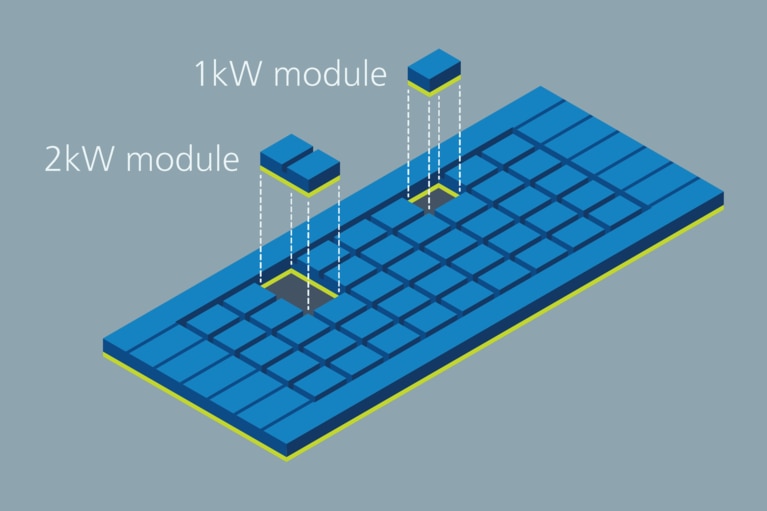Components that allow bi-directional power flow are a relatively new concept for many engineers. Our webinar, Enabling Bi-Directional Energy Flow Using DC Power Transformers provided attendees with more information about this new approach. We’ve also put together a number of posts with some of the best questions from the webinar, along with presenter Harry Vig’s answers to help you understand the basics of bidirectional power design more clearly. This post focuses on questions on our fixed-ratio DC-DC converters, the Bus Converter Module (BCM) which features isolation, and the Non-Isolated Bus Converter Module (NBM). Both of these power components will step voltages up and down, depending on the direction of current flow.
Can you use the high-voltage BCM in reverse mode to generate a high voltage from, for example, 48 volts to supply high-voltage remote loads?
Yes, you can. The only thing you need to remember is that the BCMs have their isolated controls on the high-voltage side, but if the power is coming from the low-voltage side, it’s going to be applied on the low-voltage side first. There are a couple of ways that you can apply power to the high-voltage side to start the BCM. You can either use a smaller, dedicated boost converter, or we have something that’s more akin to a flyback transformer that just gives it a single kick to get the high-voltage side booted, and then once the converter comes up and starts operating it will stay on. That’s slightly more complicated, but it’s a less expensive solution. Our application note on reverse mode startup has lots more information about how to design this circuit.
How do you define the power flow direction in a BCM system?
We use the terms high-voltage and low-voltage side, because there’s not really a primary and secondary side: it really doesn’t matter if you configure it in a reverse or a normal forward direction. Today, all of the BCMs have controls on the high-voltage side, so they require power on this side to boot up. The NBMs can power up from either the high-voltage or the low-voltage side.
Does the change of direction happen automatically or do you need to drive a control line?
On the DC transformer, it’s automatic. It’s exactly the same as an AC transformer.
What is the speed to change from one direction to the other?
You could have a load transient hitting a BCM or NBM at the same time as you have a line transient coming from a completely different source, and the transformer will couple both through at the same time. So there’s effectively no delay.



